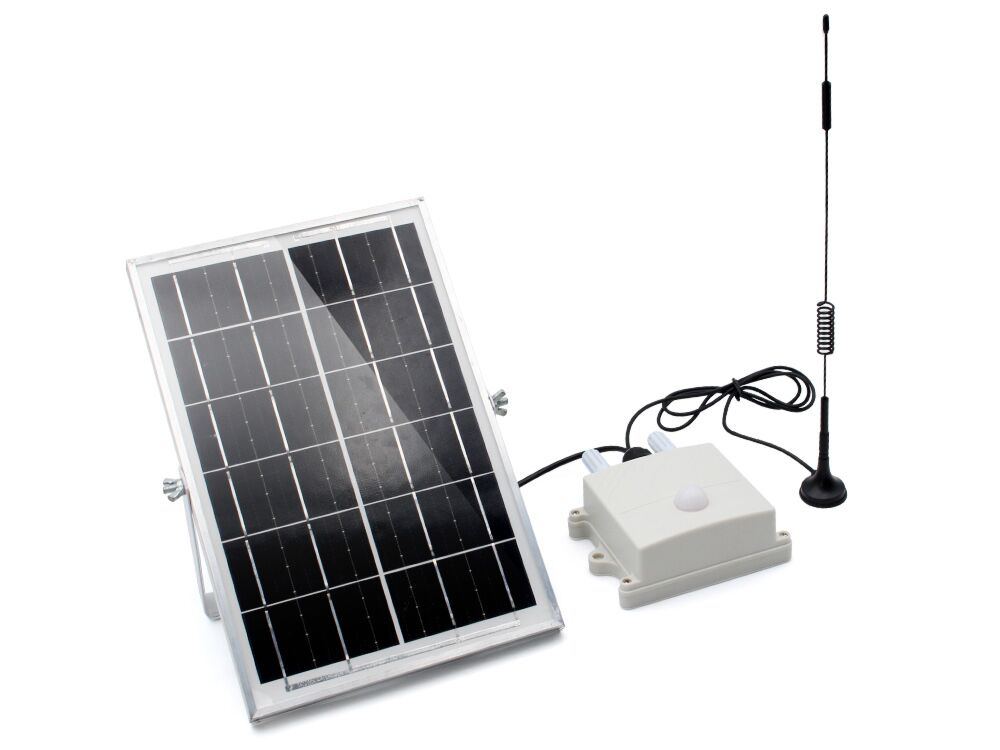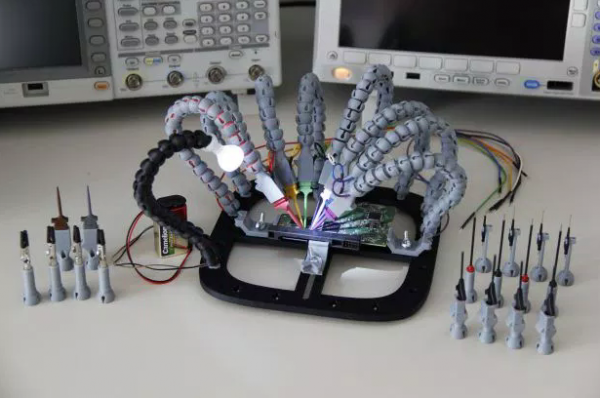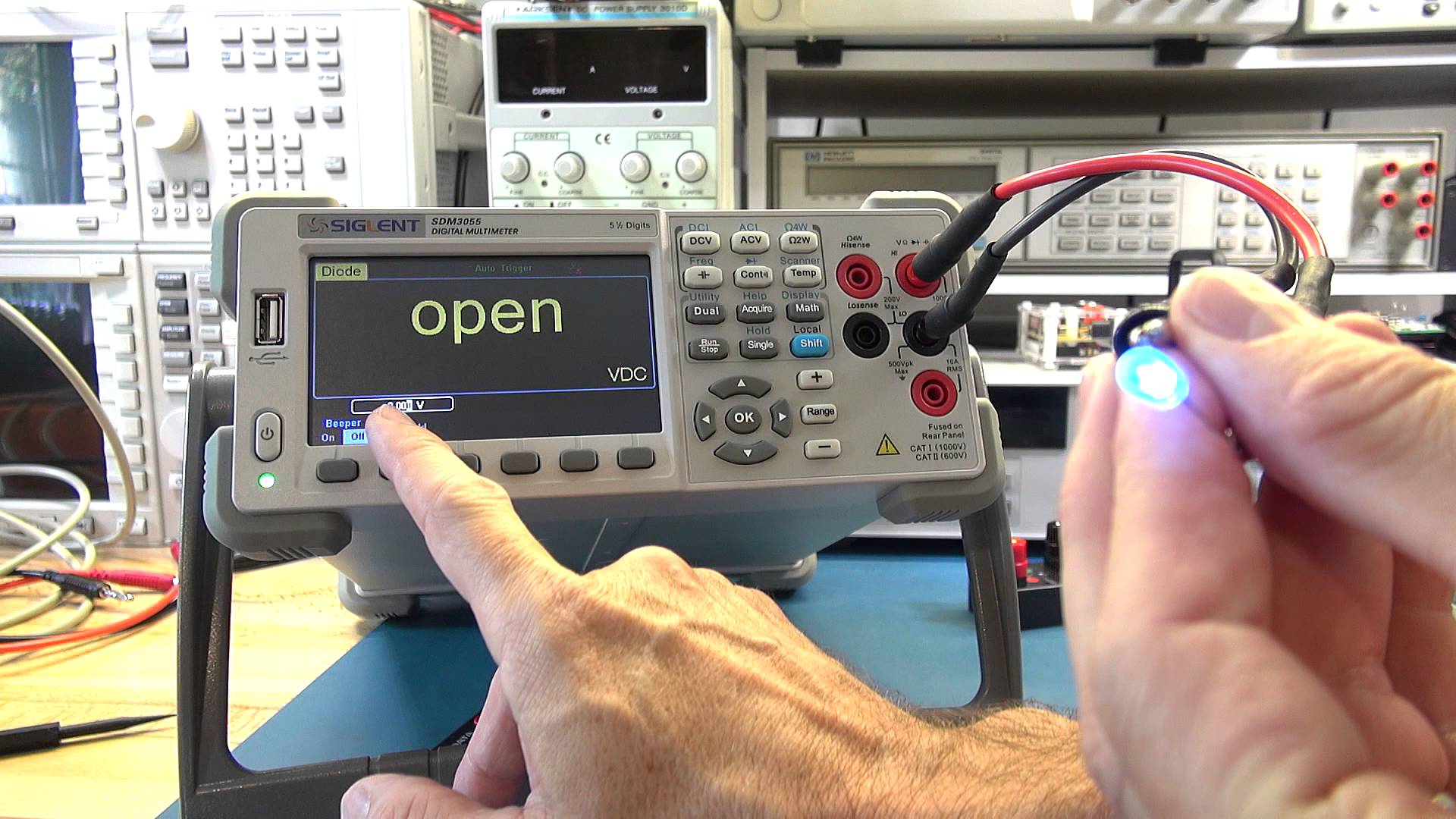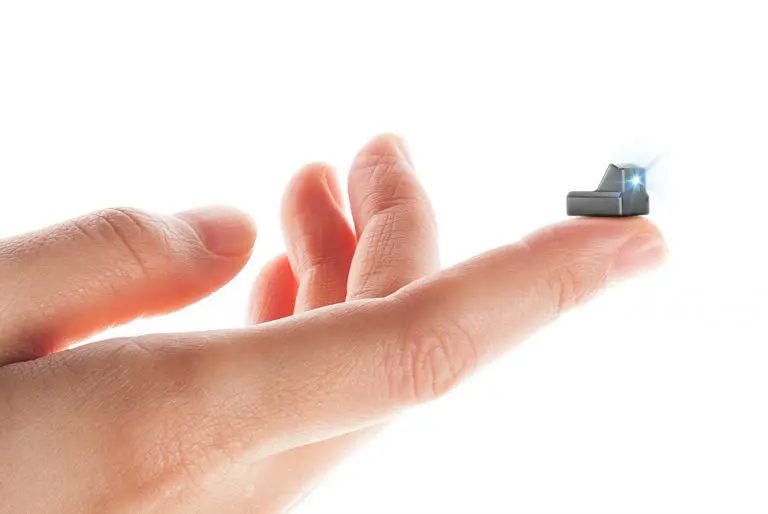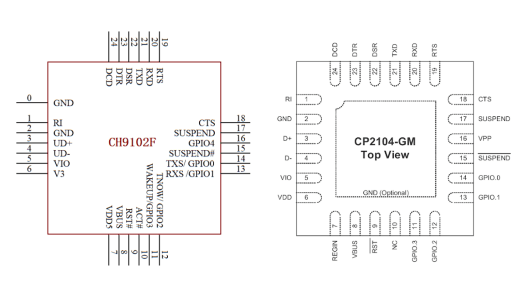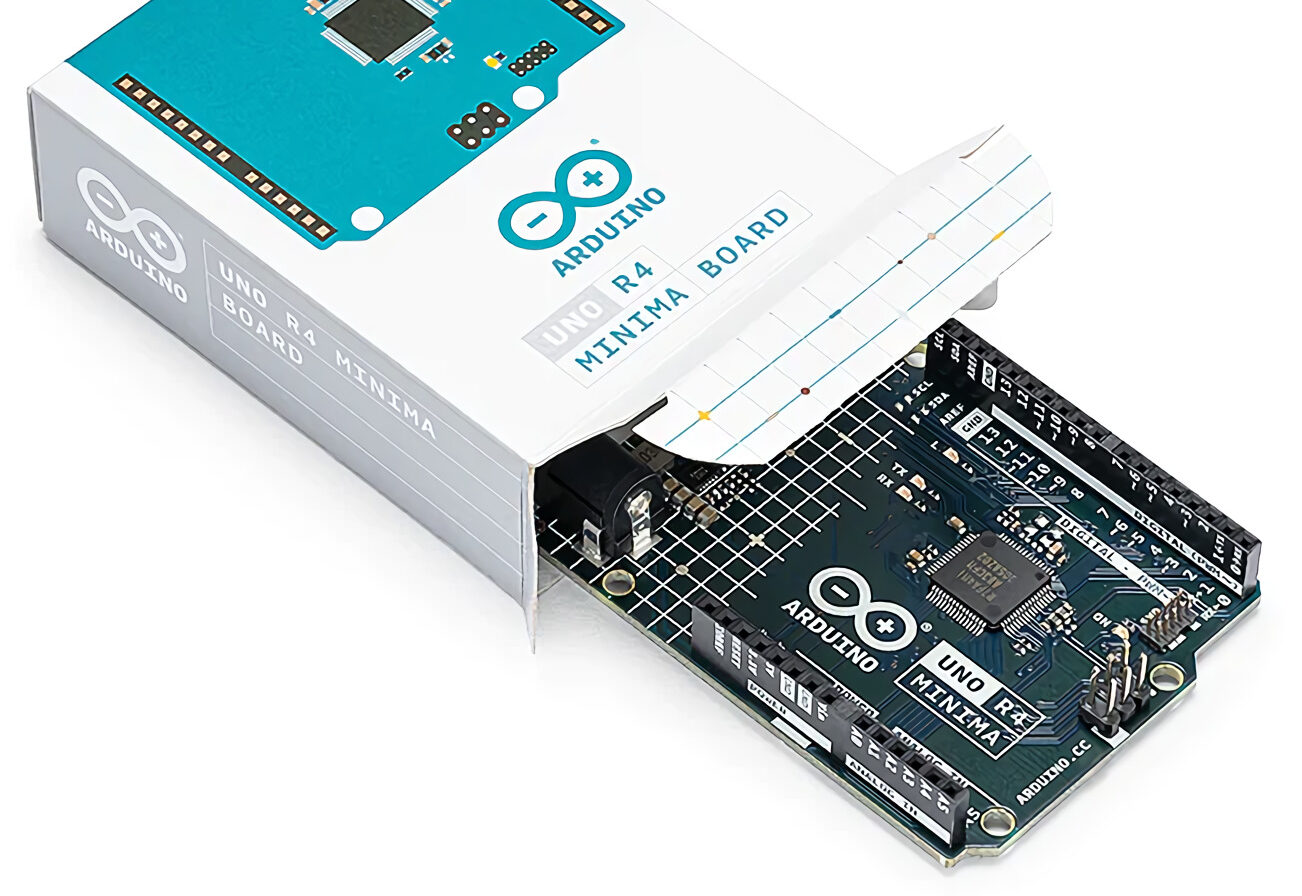
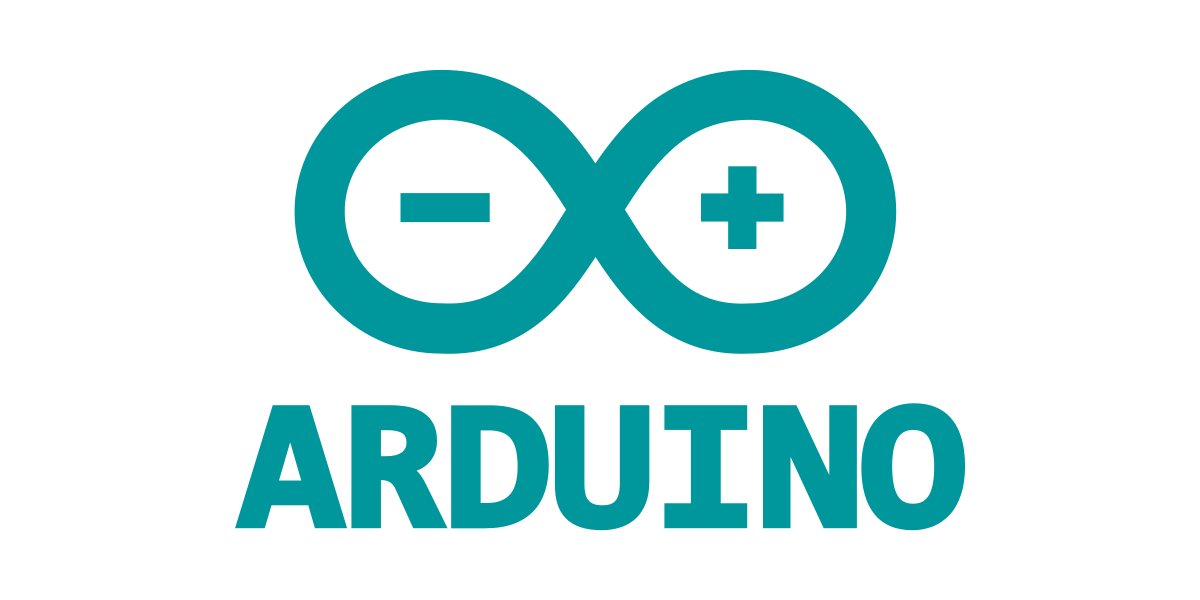
The Arduino Uno has been the “go-to” board for beginners for its simplicity and versatility as it makes a great choice for professionals to develop a proof of concept for their target use cases. Continuing the legacy, Arduino has recently announced the Arduino Uno R4 Minima and R4 Wi-Fi, the successor to the Arduino Uno R3.
While the R4 Minima is a generational upgrade to the R3’s overall power and features, the R4 Wi-Fi adds the features of Wi-Fi communication and a matrix display to the R4 Minima for IoT application implementation.
Technical Specifications of the R4 and R4 Wi-Fi
The 32-bit RA4M1 microprocessor, 32 kB of quicker RAM, and 256 kB of faster Flash memory are all included in the Arduino Uno R4 Minima. The R4 Minima keeps the same amount of PWM-enabled digital I/O pins and analog input pins.
Additionally, the R4 Minima includes a 12-bit DAC, CAN Bus, and an OP-AMP, which are upgrades for customers seeking greater adaptability in the same R3-compatible design. The inclusion of the CAN Bus is particularly beneficial for Internet of Things applications since it permits connecting to other devices in the network – without a host device.
Through the barrel jack connector, the R4 Minima improves the power specifications of its predecessor by supporting a voltage range of 6V to 24V. The seamless connectivity of relatively high-power equipment like motors, LED strips, etc. is made possible thanks to this. In order to continue working with older devices, the R4 Minima core’s operating voltage is 5V. Additionally, Arduino has added the traditional 5V and 3.3V power connectors for compatibility and relevant applications.
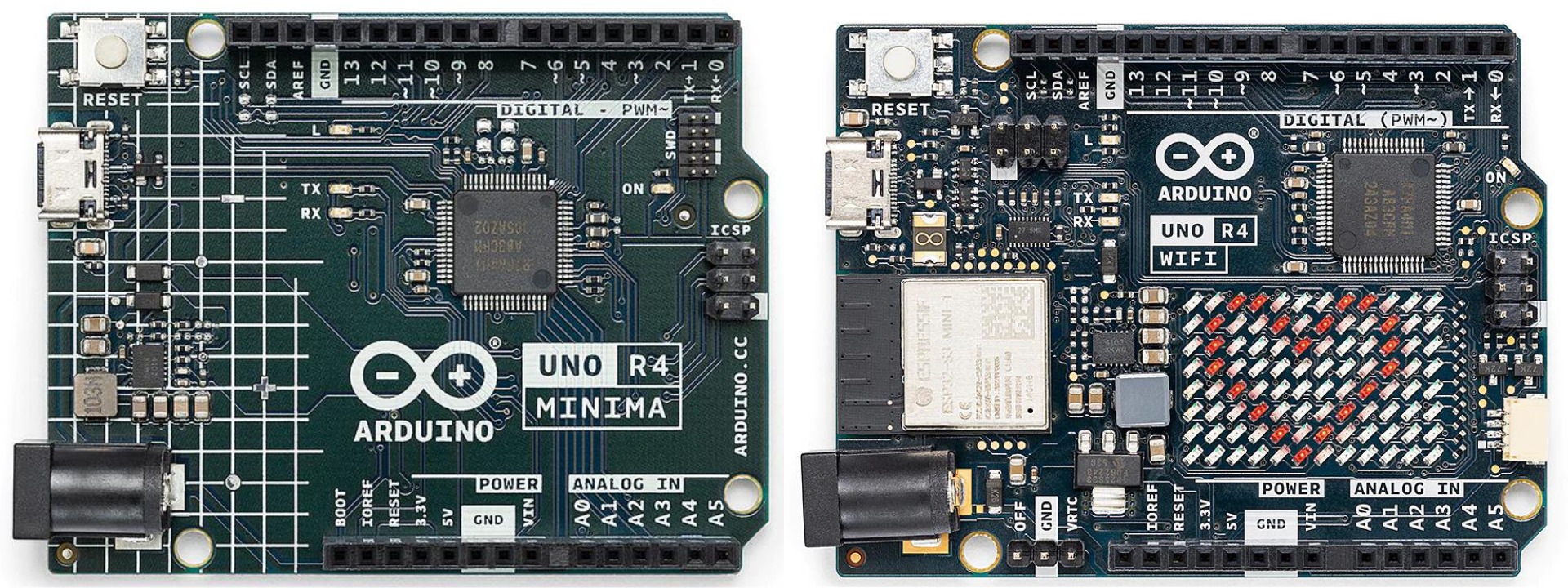
R4 Wi-Fi Adds More to the R4 Minima
Using the ESP32-S3, which operates at 240 MHz and 3.3 V, the R4 Wi-Fi combines all the functionality of the R4 Minima, and it adds many more features. With a separate 384 KB of ROM and 512 KB of SRAM, this microcontroller equips the R4 Minima with Wi-Fi, Bluetooth, and BLE networking features.
The ESP32-S3 microcontroller provides AI acceleration through vector calculation instructions, making the R4 Wi-Fi a reliable AIoT device if these characteristics weren’t enough. Moreover, the inclusion of the 12 x 8 matrix display is a key addition to the utility of the IoT functions enabled by the R4 Wi-Fi.
Software and IoT Integration of Arduino Uno R4
The Arduino family of devices has become a solid platform for the development of projects because of its IDE features and easy-to-use programming language.
With the addition of the SWD debugging port, native support for the Qwiic ecosystem of devices, HID device support, and wireless connectivity, the R4 Wi-Fi aims to amplify the abilities of the platform and become a universal option for microcontroller-based projects for beginners and professionals alike. Additionally, the AI-accelerated vector instructions help in the execution of repeated tasks much faster than normal processing to reduce latency and give a much more responsive human interaction experience.
Despite developing such a formidable platform for IoT, Arduino has attempted to take things further by announcing an online API service named Arduino IoT Cloud. The service enables users to code, visualize, monitor, and debug IoT-connected Arduino devices remotely and without achieving much expertise in wireless communication systems and protocols.
On a conclusive note, Arduino has a very strong portfolio of microcontrollers. The addition of processing power, IoT support and various other features to the R4 Minima and R4 Wi-Fi give Arduino a wider sense of appeal as a universal platform for beginners and professionals alike.
The Arduino Uno R4 Minima and R4 Wi-Fi are on sale for $20.oo and $27.50, respectively. For more information, visit the official product pages of Uno R4 Minima and Uno R4 Wi-Fi.






